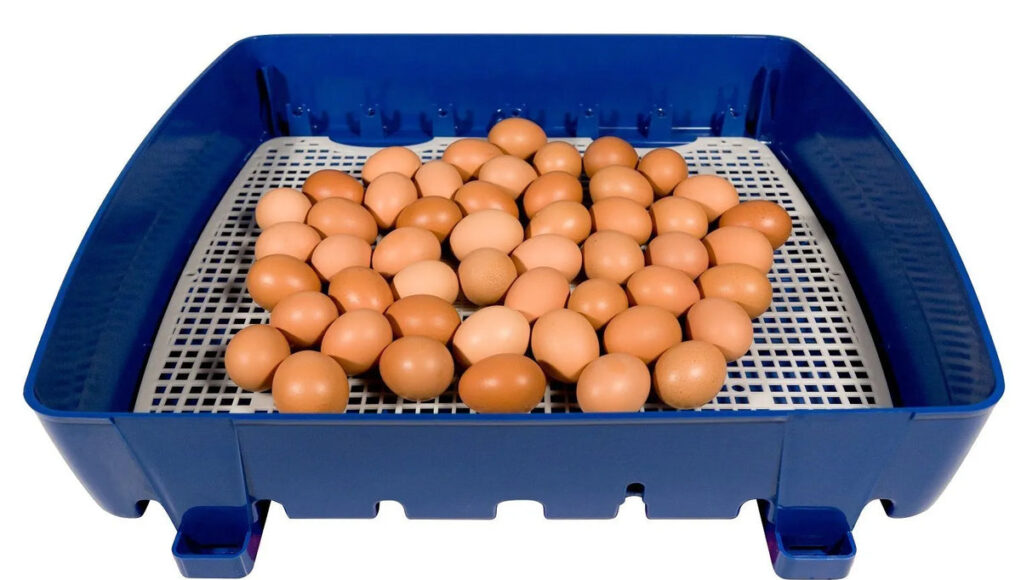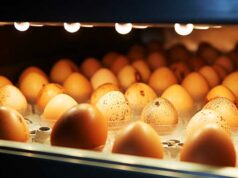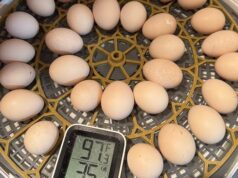In today’s educational landscape, incorporating hands-on learning experiences has become crucial, especially in science education. One tool that brings biology lessons to life is the best incubator for classrooms. By using an incubator, students can witness the fascinating process of egg incubation, leading to new life. In this article, we will explore what makes an incubator suitable for classroom use and how to choose the best one for your needs.

Understanding Classroom Incubators
Classroom incubators serve as a bridge between theoretical learning and practical application. They allow students to observe and participate in the hatching of eggs, providing a real-time educational experience. Choosing the best incubator for classrooms involves considering factors such as size, functionality, and ease of use.
Why Use an Incubator in Class?
Using an incubator in class can enhance students’ understanding of biological processes. It allows students to engage in hands-on learning and observe the stages of egg development. It’s an effective tool for teaching about life cycles, animal husbandry, and scientific observation.
Benefits of Classroom Incubators
Classroom incubators offer numerous benefits, including enhancing student engagement, providing real-world applications of biology lessons, and fostering a sense of responsibility and care for living organisms.
Features to Look for in the Best Incubator for Classrooms
Not all incubators are created equal, and certain features make some more suitable for classroom settings than others. Heres what to consider:
Temperature Control
Precise temperature control is crucial for successful incubation. Look for incubators with digital displays and easy-to-use controls to maintain the optimal temperature for egg development.
Humidity Regulation
Maintaining the right humidity level is essential for egg incubation. Choose an incubator with built-in humidity control to ensure the best hatching results.
Capacity
Consider the number of eggs you plan to incubate. Classroom incubators come in various sizes, from small models handling a few eggs to larger versions that can accommodate dozens.
Visibility
An incubator with a clear lid or window allows students to observe the incubation process without disturbing the eggs.
Choosing the Right Incubator
Choosing the right incubator requires balancing your educational goals, class size, and budget. Here are some popular choices:
Small Incubators
Ideal for small classes or limited space, these incubators are easy to use and maintain. They are perfect for individual projects or small group activities.
Medium to Large Incubators
For larger classes, medium to large incubators are suitable. They offer more capacity and often include advanced features like automatic egg turning.
Setting Up Your Classroom Incubator
Setting up your incubator correctly is key to a successful hatching project. Follow these steps for optimal results:
Preparation
Ensure the incubator is clean and working properly. Set it up in a stable environment away from drafts and direct sunlight.
Egg Selection
Choose healthy, fertilized eggs for incubation. Avoid eggs with cracks or irregular shapes.
Monitoring Incubation
Once the eggs are in the incubator, regular monitoring is essential:
Temperature and Humidity Checks
Regularly check and adjust the temperature and humidity levels as needed to ensure they remain within the recommended range.
Egg Turning
If your incubator does not have an automatic turning feature, manually turn the eggs several times a day to prevent the embryo from sticking to the shell.
Hatching and Beyond
After weeks of anticipation, the hatching process is a rewarding experience:
Signs of Hatching
Look for signs of hatching, such as small cracks in the eggshell or peeping sounds. These indicate that the chicks are about to emerge.
Post-Hatching Care
After hatching, provide warmth, food, and water for the chicks. Ensure they have a safe and comfortable environment to grow.
For more detailed guidance on post-hatching care, refer to this chick care guide.
Conclusion
Choosing the best incubator for classrooms is a significant investment in education. By considering factors such as temperature control, humidity regulation, and capacity, educators can provide students with an enriching learning experience. For further insights into setting up and maintaining an incubator, check out this comprehensive setup guide.

FAQ
What is the ideal temperature for incubating eggs?
The ideal temperature for incubating chicken eggs is around 99.5F (37.5C). Consistency is key to successful hatching.
How long does it take for eggs to hatch?
Chicken eggs typically take 21 days to hatch. This can vary slightly depending on the breed and incubation conditions.
Can I incubate eggs without an incubator?
While possible, incubating eggs without an incubator is challenging and requires careful monitoring of temperature and humidity levels.
This article contains affiliate links. We may earn a commission at no extra cost to you.











